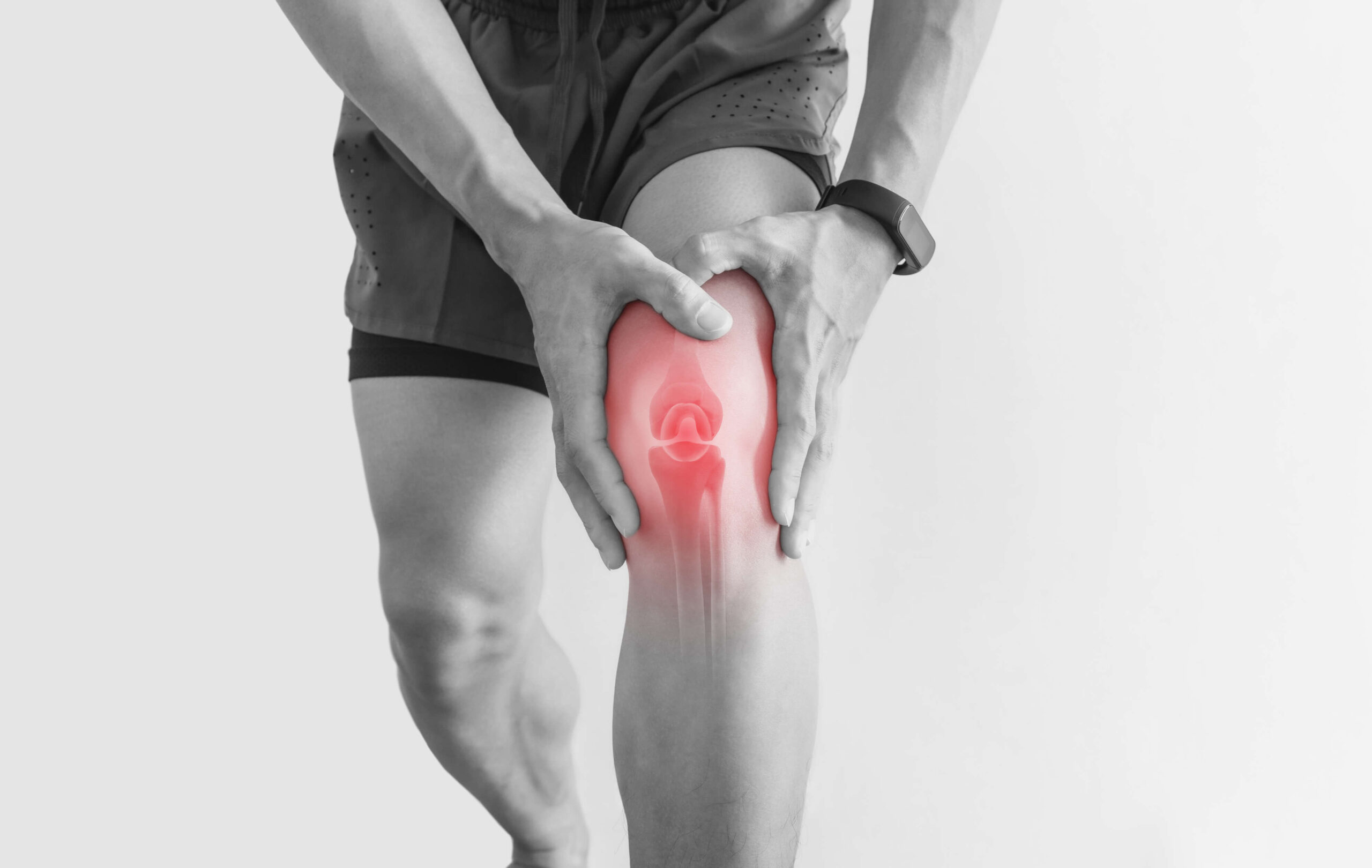Common Causes of Knee Pain When Bending
Knee pain when bending is a common issue that can affect people of all ages. Whether it occurs while squatting, climbing stairs, or sitting down,...


A total knee replacement is a surgical procedure that aims to restore regular knee function by replacing an ailing knee with an artificial joint. In Singapore, this is sometimes referred to as total knee arthroplasty.
A healthy knee is necessary for performing everyday activities because its responsible for extension, flexion, and rotation movements. When your knee is damaged due to arthritis or other related injuries, simple daily activities such as walking or climbing the stairs may be affected. In some cases, you may experience pain even in sedentary positions.
When oral medication, physical therapy, weight loss, and the use of walking aids fail to alleviate pain, a total knee replacement may be considered. A total knee replacement will replace the damaged and worn surface of the knee joint which causes pain, thereby allowing for the resumption of regular daily activities and improved quality of life.
Total knee replacement is generally considered a major surgery and requires consultation with an orthopaedic knee surgeon before arriving at a decision.
Total knee replacement surgery is typically needed in the case of severe osteoarthritis–a breakdown of the knee joint characterised by acute pain, stiffness, and chronic inflammation. Other conditions include rheumatoid arthritis, gout, haemophilia, and knee injuries from accidents. In such cases, the knee joint becomes unstable and impedes mobility, and can limit your quality of life.
Elderly patients are more susceptible towards arthritis and many patients who undergo knee replacement surgery tend to be in their 60s. However, young persons who are active or play contact sports may also be suitable candidates for a total knee replacement due to premature wear and tear of the knee joint.
There are two types of knee replacement surgery: total knee replacement (TKR) and partial knee replacement (PKR). The former is more commonly performed on patients suffering from osteoarthritis and other related conditions that require the entire knee joint to be replaced. The latter is generally performed on younger patients below the age of 60, and only deals with the specific area of the knee that is damaged instead of replacing it entirely.
As with any surgical procedure involving the administration of general anaesthesia, there are risks associated with the procedure. These include:
Following the surgical procedure, you should notify your doctor immediately if the following symptoms are present:
Apart from surgical risks, the newly implanted artificial joint may also have complications should any part of the artificial prosthesis become misaligned. You may also experience stiffness in the knee joint and a limited range of mobility in the immediate period following the procedure.
In some cases, there may even be soft tissue damage to the surrounding area that occurred during the operation. Lastly, the artificial knee itself may also experience wear and tear over time. High-impact sports or heavy load training may cause the metal parts to become damaged, requiring a new replacement.
Firstly, the patient will be administered with general anaesthesia. Once you have been sedated, the surface skin around the knee joint is disinfected with an antiseptic solution. Using a special device, the knee will be secured at a 90-degree angle for the entire operation. A tourniquet is fitted to your upper leg area for the purpose of reducing blood flow during the surgery.
Secondly, the surgeon makes an incision in the front area of your knee joint. This allows the damaged part of the knee to be removed, along with any other damaged cartilage from the femur bone surfaces.
Small portions of the tibia, as well as the patella bone, are also shaved. This is important for shaping your bone so that the artificial implant can be appropriately fitted in.
Next, the implant is joined to each of your three bones (femur, tibia, patella) using a special adhesive that works specifically for the bones. The femoral component is made of metal and has a rounded surface, designed to allow smooth movement as the knee bends and straightens.
The tibial component comprises both a metal and plastic insert and provides stability to the joint. The patella component is solely made of a strong plastic, and connects the femur with the patella.
Once the surgeon has ensured proper alignment of the artificial implant, your wound will then be sutured to place the separated tissue back into their original position. A surgical drain may be attached to your wound site for collecting drainage in the immediate aftermath of the surgery. Finally, a sterile bandage is then applied to your knee area.
Depending on your rate of recovery, you may be warded for 3-5 days in the hospital following the procedure. It is crucial to observe blood circulation function in the leg as well as the extent of inflammation in the knee.
Your surgeon may prescribe you with blood-thinning medication and advise you wear tights which help to prevent blood clotting. This is especially so if you suffer from obesity, have previously experienced blood clots, or smoke. These factors will predispose you to a greater likelihood of blood clotting.
Gradual movement of the knee will be encouraged, and you might be given a walking frame to help you get around while your knee is still healing. A physiotherapist will also be assigned to demonstrate rehabilitation exercises that will help strengthen your new knee joint.
Seek clarification from the physiotherapist so that you understand how to facilitate your recovery. You will have to continue with these exercises after being discharged from the hospital. A progressive walking regimen will help to slowly restore your knee strength, and you should be able to resume regular daily activities within 3 to 6 weeks of the operation.
The sutures on the surface of your knee will only be removed a few weeks after surgery has completed, so you will need to be careful when going about your daily activities at home. Sutures that were placed beneath the skin are dissolvable and will not require removal. During this period, it is important to keep the wound dry.
For the first 3 weeks after surgery, you should have someone assist you with daily tasks at home. If you live alone, you may consider engaging a short-term helper to help you manage cooking, bathing, and housework.
A loss of appetite is common in the weeks after surgery, but it is crucial to maintain a diet high in iron. This helps the tissue to heal and facilitates muscle strength recovery.
You may also consider making certain modifications to your home which assist with your mobility. These may include:
A total knee replacement surgery will give you pain relief, improved mobility and a better quality of life. Moreover, knee replacements can typically be expected to last over 15 years for the most part. The American Academy of Orthopedic Surgeons (AAOS) has reported that 90 percent of patients who undergo a total knee replacement enjoy a considerable reduction in pain.
Improvements in physical mobility also mean that you can resume outdoor activities that you previously enjoyed. Following a successful recovery, you will be able to return to low-impact activities such as walking, swimming, cycling, or golfing.
Fill up the form and we will get back to you soon!
Mon – Fri: 9.00AM – 5.00PM
Sat: 9.00AM – 1.00PM
Mon – Fri: 9.00AM – 5.00PM
Sat: 9.00AM – 1.00PM
Mon – Fri: 9.00AM – 5.00PM
Sat: 9.00AM – 1.00PM